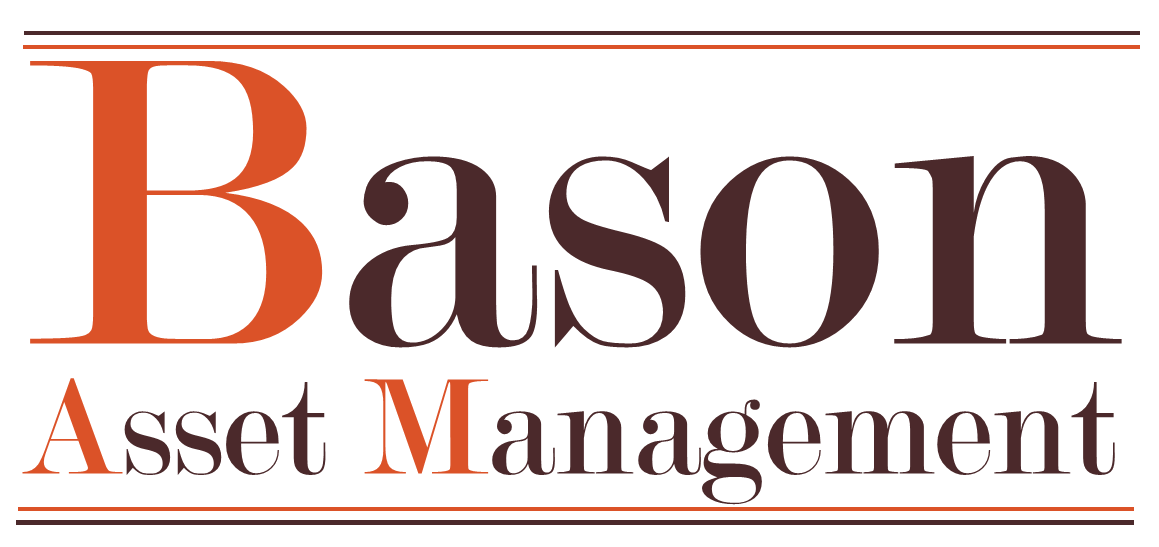The best lack all conviction, while the worst
Are full of passionate intensity.– William Butler Yeats The Second Coming
Everybody loves an expert. Well researched studies have proven that people are inclined to believe pundits who appear the most confident and make the most specific predictions and ignore those who address nuance and probability and complex systems. In finance, we are often led to believe that the investment world is led by confident experts, carefully explaining exactly how the future will unfold. It is the confident who get sound bytes, the aggressive predictors who find themselves on CNBC on a daily basis. What other explanation can there be for the recurring appearances of Peter Schiff, Nouriel Roubini and Rick Santelli? But this sense of precision spreads beyond the financial media.
Investors want to believe that there is a science to investing. We want formulas and systems and rules to build the perfect portfolio. We want to take a 35 question “risk tolerance” questionnaire and be put into the “right” portfolio for our situation. We want to model the future and know exactly how much little Johnny and Judy will inherit from us 35 years from now. We will carefully construct our stock valuation models to know the “intrinsic value” of every publicly traded company (or at least the ones we own).
For individual investors and advisors, new risk tolerance systems are popping up left and right. Based on updated behavior finance research, these questionnaires serve to help clients find the “right” portfolio for them. In truth, risk tolerance is only one piece of the planning puzzle and must be paired with an individual’s capacity for risk and need for risk before arriving at an investment policy. Additionally, there is a sense of false precision with these systems. An investor is simply not going to notice the drawdown difference between a portfolio that is 65% stocks or 60% stocks (or, for that matter, 50% stocks). And yet investors are led to believe that complex questions can provide accurate answers about risk tolerance.
Many investment advisors (human or automated) convince clients that building an “optimized” portfolio with ideal risk/return characteristics is possible (with professional help, of course). Drawing on historical data and their own feelings and beliefs about markets, advisors create fanciful asset allocation models. For these models to be accurate, the advisor must make a statistically impossible guess about the returns, volatility and correlation of all assets in the portfolio. In a portfolio with 6 asset classes, that is roughly 50 mathematical factors that must be perfectly accurate for the “optimized” portfolio to be correct.
Fundamental value equity managers often rely on discounted cash flow models to arrive at an intrinsic value for a stock. These models force the analyst to correctly project earnings growth, margins, dividends and a discount rate to be “right” about the future price of the stock. Not to mention correctly guessing the sentiment of investors about the stock or the market in general. I remember sitting in an equity analysis class is grad school and scratching my head at how I was supposed to arrive at all of the assumptions required for a discounted cash flow model, and I was not alone.
Yeats’ lines perfectly capture this sad truth – those who understand the nature of a complex system are worlds apart from those who confidently proclaim their false precision. The great paradox is that the more we understand, the more we see how little we truly know. We become less confident about future outcomes and as a result our predictions are quieter and hedged with uncertainty. And we are better for it! We take more reasoned risk with our portfolios and by acknowledging our weakness in predicting the future we can instead focus on things that are under our influence. We can pay more attention to costs, taxes, fees and our own behavior and less attention to what the price of gold is going to to next, and we will be wealthier for it.
